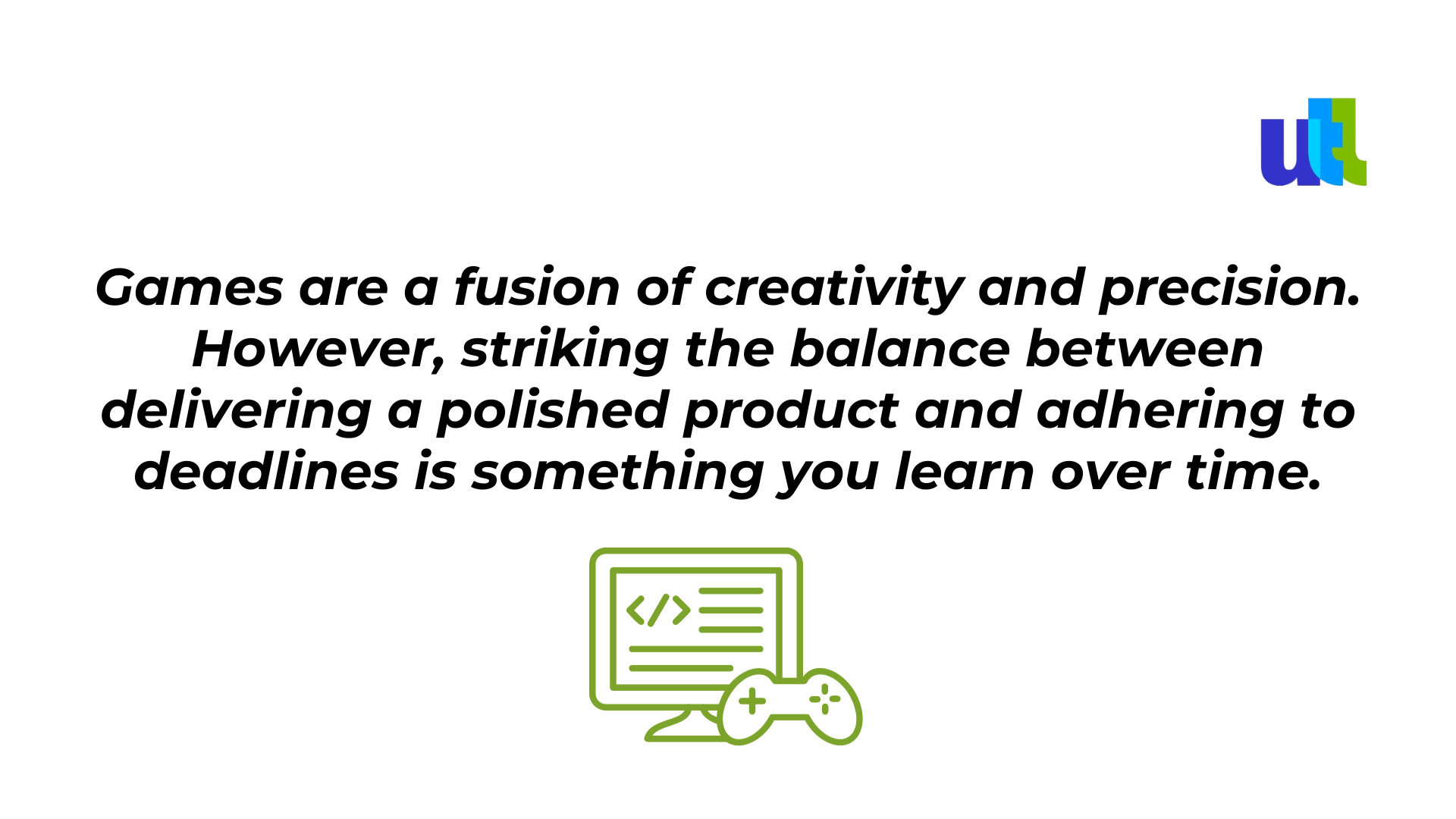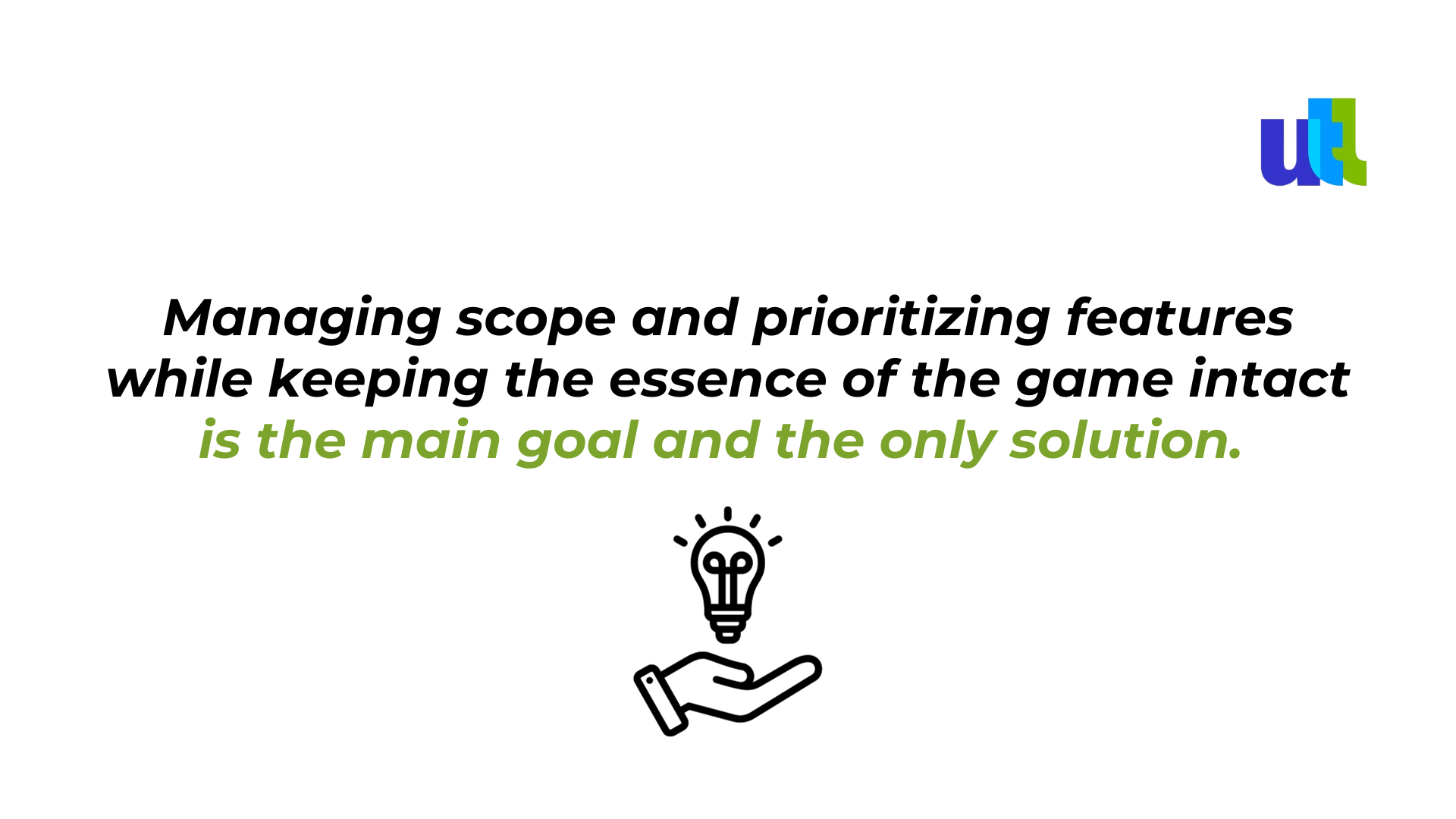In the enchanting world of video games, where players embark on epic quests, forge alliances, and conquer virtual realms, game development may seem like an endless adventure. Of course, the primary driver in game development is Passion. However, behind every digital masterpiece lies a trove of challenges and obstacles that game developers must overcome. From optimizing performance across various platforms to troubleshooting elusive bugs and glitches, the technical aspects of game development require continuous problem-solving and innovation.

In general, the rapid evolution of technology means that game developers must constantly adapt. At the same time, the industry is competitive and financially risky. In this article, we will explore some of the main complexities, pitfalls, and triumphs of game development in 2023.
Balancing innovation and stability
Game development is a harmonious symphony of art and technology. However, the rapid technological evolution of hardware and software platforms, programming languages, graphics opportunities and other innovations present a constant challenge for developers.
Game development projects are resource-intensive in terms of time, money, and talent. Devoting resources to research and adopt new technologies can divert attention and budget away from core development tasks, potentially impacting project timelines. Developers must also allocate time for training, experimentation, and adapting their workflows to incorporate new tools and techniques. That’s lots of work.
Many developers address these difficulties by fostering a culture of continuous learning, setting aside time for R&D, and selectively adopting technologies that align only with their current project goals and resources. Additionally, industry events, conferences, and online communities help a more effective knowledge sharing about emerging technologies in the gaming world.
The perfectionist's paradox

Perfectionism, often viewed as a desirable trait, can be both a powerful motivator and a relentless source of stress in the world of game development. While it drives developers to create polished, high-quality games, it also leads to a range of challenges. Developers often find themselves trapped in the perfectionist's paradox, endlessly changing and refining, which can lead to project delays and budget overruns.
The key is to strike a balance by setting realistic goals, embracing feedback, and prioritizing well-being. When harnessed effectively, perfectionism can be a powerful tool for creating games that resonate with players and leave a lasting impact on the industry.
Scope creep and feature bloat
Feature creep, also referred to as "feature bloat" or "scope creep," occurs when a game development project accumulates an excessive number of features, mechanics, or content beyond what was initially planned or budgeted. It typically involves the continuous addition of new elements, systems, or gameplay mechanics throughout the development process.
In a competitive market, developers may feel compelled to include more features to stand out or to match the offerings of rival games. Furthermore, feedback from players, while valuable, can sometimes lead to feature creep if every suggested feature is incorporated without careful consideration.
What starts as a simple concept can quickly spiral into a complex web of interlocking systems and features. Developers may also fear that omitting a particular feature will result in players feeling like something is missing, leading to FOMO (Fear of Missing Out) and feature additions.

Bug management
One of the persistent challenges in this domain is dealing with bugs—those unexpected issues and errors that can derail a project, frustrate developers, and affect the player's experience. Tracking down and exterminating those digital imperfections can be a time-consuming process. Even minor bugs can have a major impact on gameplay and user experience. Fixing bugs post-launch can be more expensive than addressing them during development, potentially impacting profitability.
Important! Even rigorous testing and quality assurance can't guarantee a bug-free release. However, by adding and fostering a culture of proactive issue tracking, developers can create games that are more stable, enjoyable, and player friendly.
Gameplay vs. monetization
Game development is not just about creating engaging and immersive gameplay experiences; it's also about generating revenue to sustain development efforts and profitability. However, a significant challenge in the gaming industry is finding the delicate balance between in-game purchases, advertisements, and a satisfying gaming experience is a delicate tightrope walk. Missteps in this area can lead to complete failure.
Common monetization methods
- In-App Purchases (IAPs): Offering virtual goods, extra tools or enhancements for real money within the game.
- Ads: Displaying advertisements, either as banners, interstitials, or rewarded videos, to generate ad revenue.
- Loot Boxes: Randomized item drops or rewards that players can purchase, often criticized for resembling gambling.
- Subscription Models: Offering premium features or content through a subscription service.
Players expect games to offer engaging and fair gameplay experiences without feeling exploited by excessive monetization tactics. At the same time, developers and publishers face financial pressures to monetize games, often resulting in the excessive implementation of monetization strategies.
By adopting player-centric strategies and fostering a positive player-community relationship, developers can navigate this conflict while ensuring the longevity and success of their games.
Storytelling and player engagement
Developers must create immersive stories and characters that draw players in while allowing for agency and choice. Choices made by the player that impact the storyline provide a sense of empowerment and ownership. Furthermore, well-crafted narratives can evoke a wide range of emotions, from excitement and joy to sadness and empathy. Emotional resonance enhances the player's investment in the game.
Players increasingly expect compelling narratives in games, driving developers to invest in storytelling as a core component of game design. At the same time, addressing sensitive or controversial themes requires careful consideration and sensitivity. Balancing storytelling with player agency can be a creative puzzle that demands both artistry and technical expertise.
Diversity and inclusivity
Inclusivity means representing a wide range of backgrounds, cultures, genders, abilities, and identities within games. Players want to see characters and stories that resonate with their own experiences.
Representing diverse characters and perspectives while avoiding stereotypes and biases is an ongoing challenge. It requires sensitivity, research, and a commitment to promoting inclusivity in the gaming community.
The last but not least - Marketing
Even the most brilliant game can go unnoticed without effective marketing and discovery strategies. The oversaturated gaming market demands creative approaches to getting a game noticed and played. Marketing isn't limited to the pre-launch phase. Ongoing marketing efforts, such as updates, events, and community engagement, sustain player interest and retention.
Effective marketing strategies evolve with industry trends and player preferences. They include and consider the following:
- Targeted Audience
- Engaging Trailers and Gameplay Footage
- Community Building
- Influencer Marketing
- Public Relations (PR)
- App Store Optimization (ASO)
- Cross-Promotions
- Analytics and Data
Ultimately, successful marketing can transform a game into a beloved and enduring experience for players worldwide.
Conclusion
Game development is a thrilling and rewarding endeavor that transforms imagination into interactive experiences. Yet, it is a journey full of challenges, both technical and creative, logistical and emotional.
Despite these challenges, the world of game development is marked by resilience and passion. It is the very act of overcoming these obstacles that makes it a profound and enduring art form. That is how we see it at Utah Tech Labs.
For free consultation on challenges of game development, click here.
----------------------------------------------------------------------------------------------
View the full presentation:
WRITTEN BY
Sofia Kutko
2023-09-18














































































































































































